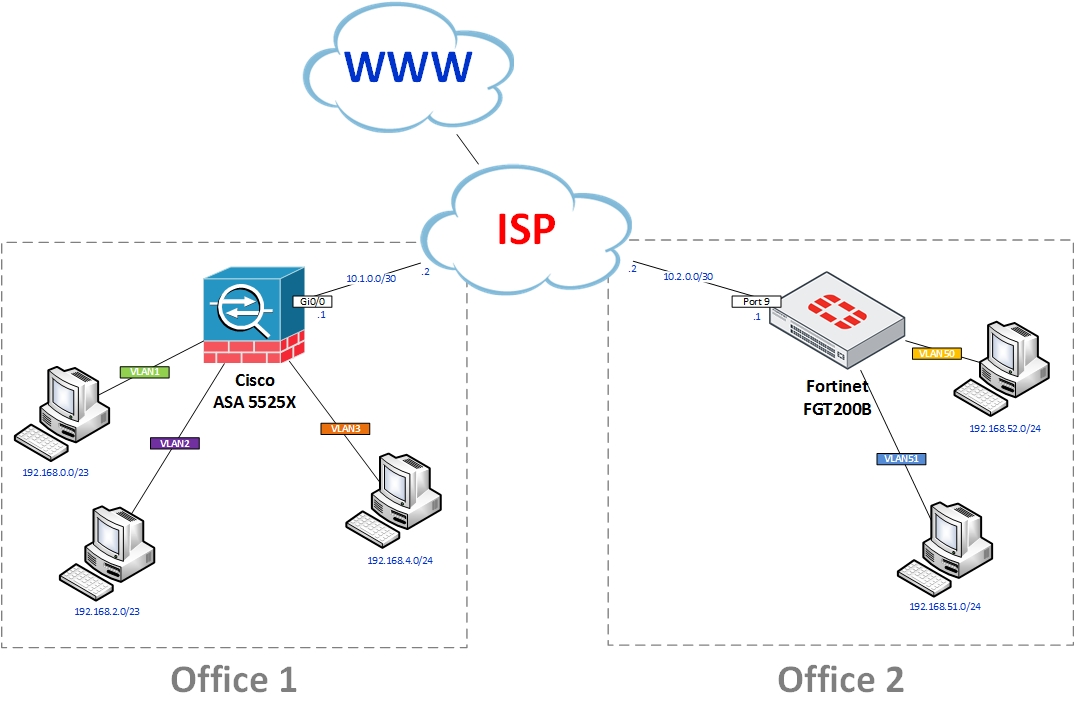

Msrc-addr4 multiple IPv4 source address to filter by.ĭst-addr4 IPv4 destination address range to filter by. Src-addr4 IPv4 source address range to filter by. To filter out VPNs so that you focus on the one VPN you are trying to troubleshoot FW-01 # diagnose vpn ike log-filter All messages in phase 2 are secured using the ISAKMP SA established in phase 1. Quick mode consists of 3 messages sent between peers (with an optional 4th message).

At the conclusion of phase 2 each peer will be ready to pass data plane traffic through the VPN. Phase II – IKE phase 2 establishes IPSec SAs (one in each direction) for the VPN connection, and is referred to as Quick Mode. Phase 1 can operate in two modes: main and aggressive. The result of a successful phase 1 operation is the establishment of an ISAKMP SA which is then used to encrypt and verify all further IKE communications. Phase I– The purpose of phase 1 is to establish a secure channel for control plane traffic. Internet Key Exchange or IKE – Is the mechanism by which the two devices exchange the keys. Remote access IPSec VPNs use aggressive mode. If you get audited, they WILL ding you on this. Main Mode – Main mode requires six packets back and forth, but affords complete security during the establishment of an IPsec connection.Īggressive mode – The fallacy is that this is better since it is “aggressive” however, Aggressive mode uses half the exchanges providing a bit less security because some information is transmitted in cleartext. Tunnel Mode – Tunnel Mode encapsulates the entire IP packet to provide a virtual “secure hop” between two gateways. Transport Mode – Transport Mode provides a secure connection between two endpoints as it encapsulates IP’s payload. AH-style authentication authenticates the entire IP packet, including the outer IP header, while the ESP authentication mechanism authenticates only the IP datagram portion of the IP packet. When ESP provides authentication functions, it uses the same algorithms as AH, but the coverage is different. ESP can be used with confidentiality only, authentication only, or both confidentiality and authentication. AH authenticates IP headers and their payloads, with the exception of certain header fields that can be legitimately changed in transit, such as the Time To Live (TTL) field.Įncapsulating Security Payload or ESP – The ESP protocol provides data confidentiality by using encryption and authentication (data integrity, data origin authentication, and replay protection). AH provides data integrity, data origin authentication, and an optional replay protection service. IPSec PrimerĪuthentication Header or AH– The AH protocol provides authentication service only. I am going to describe some concepts of IPSec VPNs.

Lets start with a little primer on IPSec. Troubleshooting IPSec VPNs on Fortigate Firewalls


 0 kommentar(er)
0 kommentar(er)
